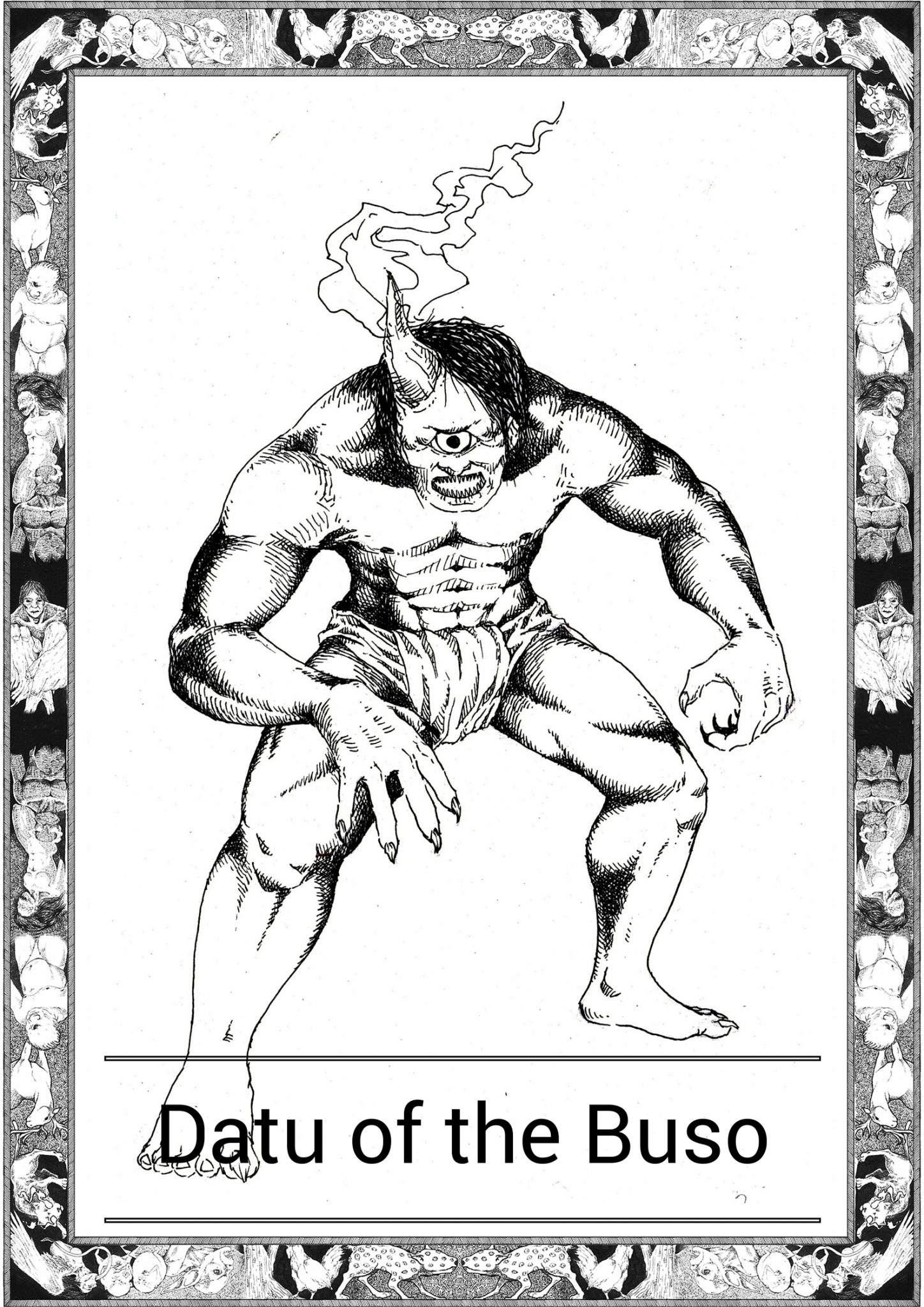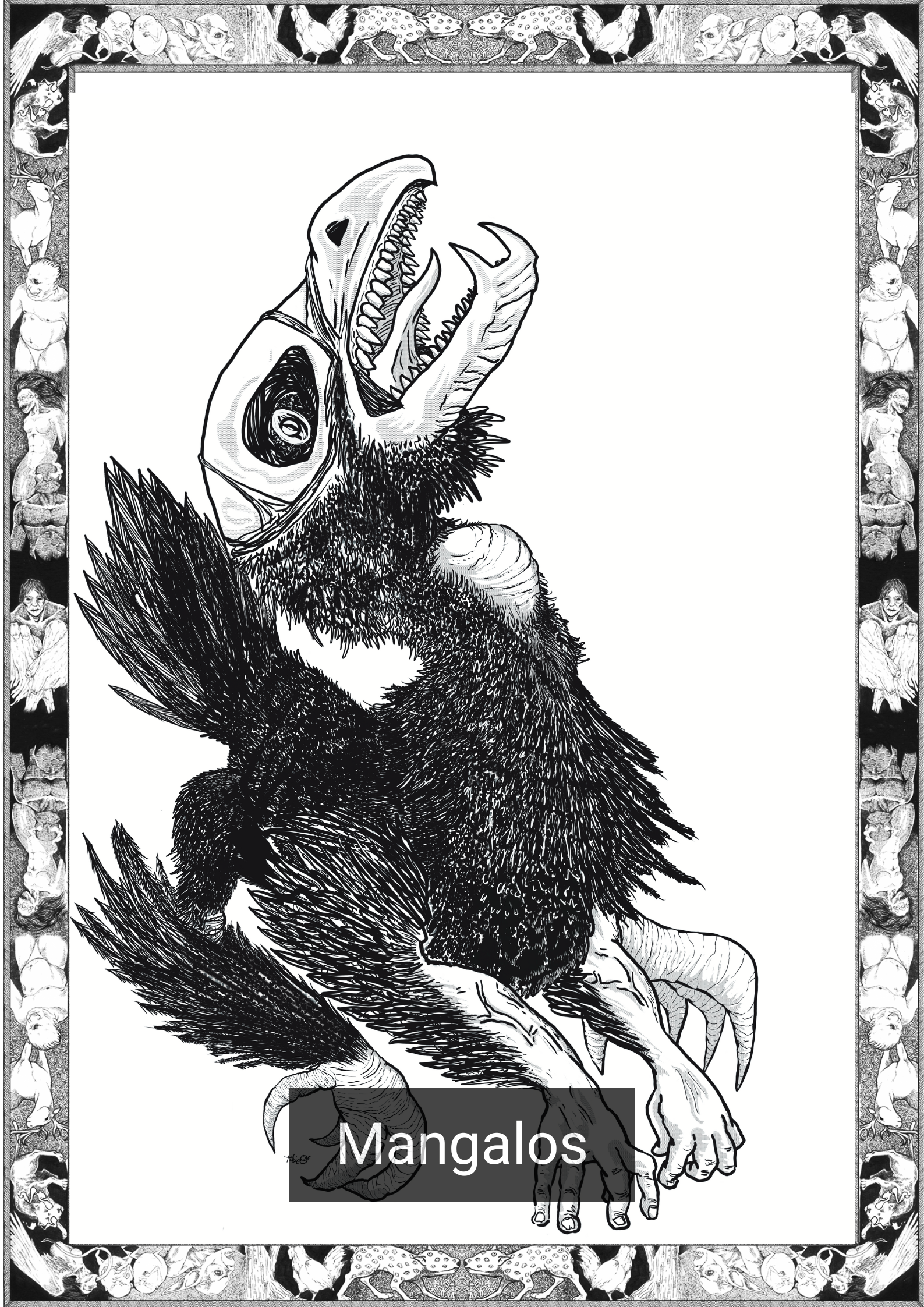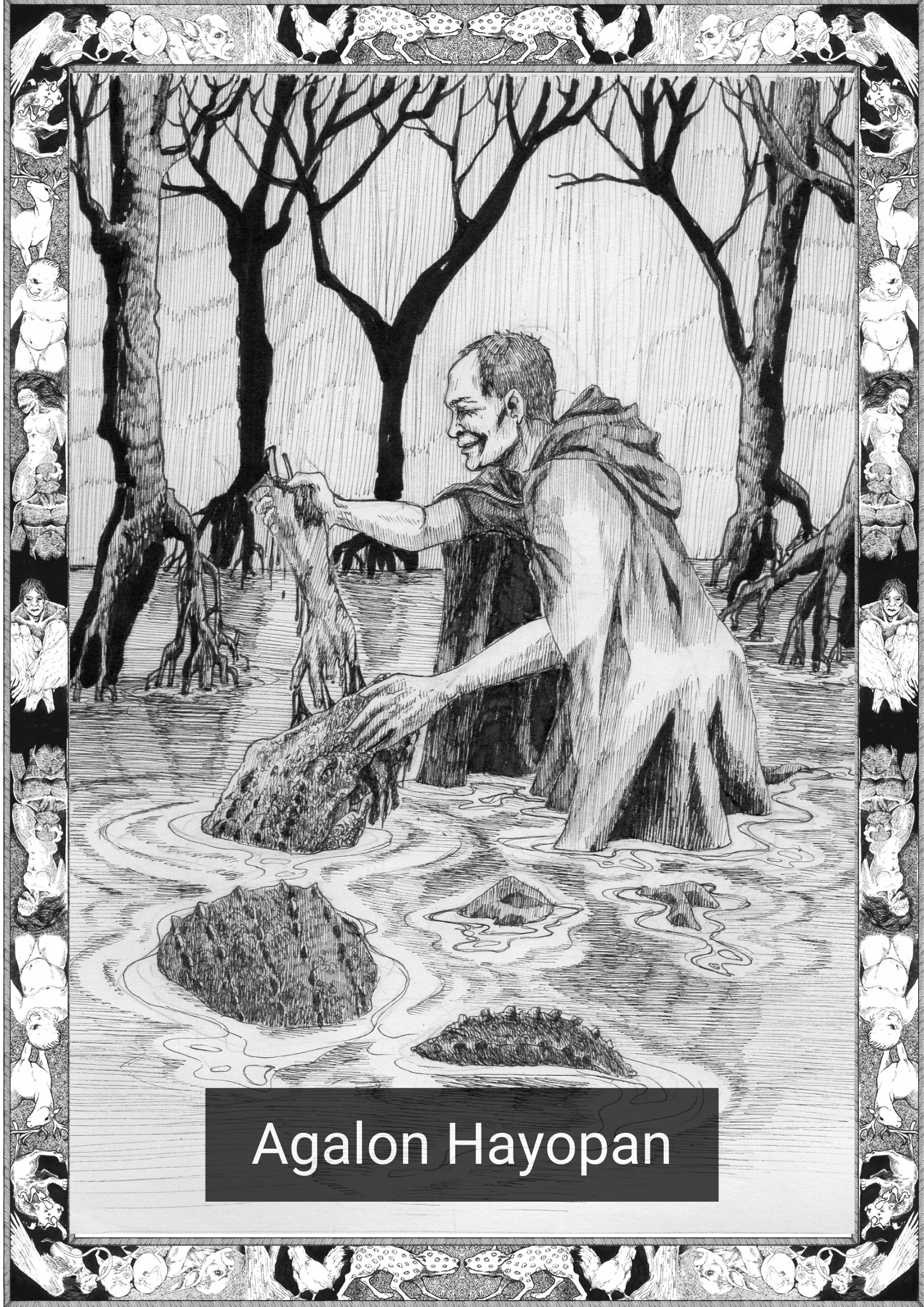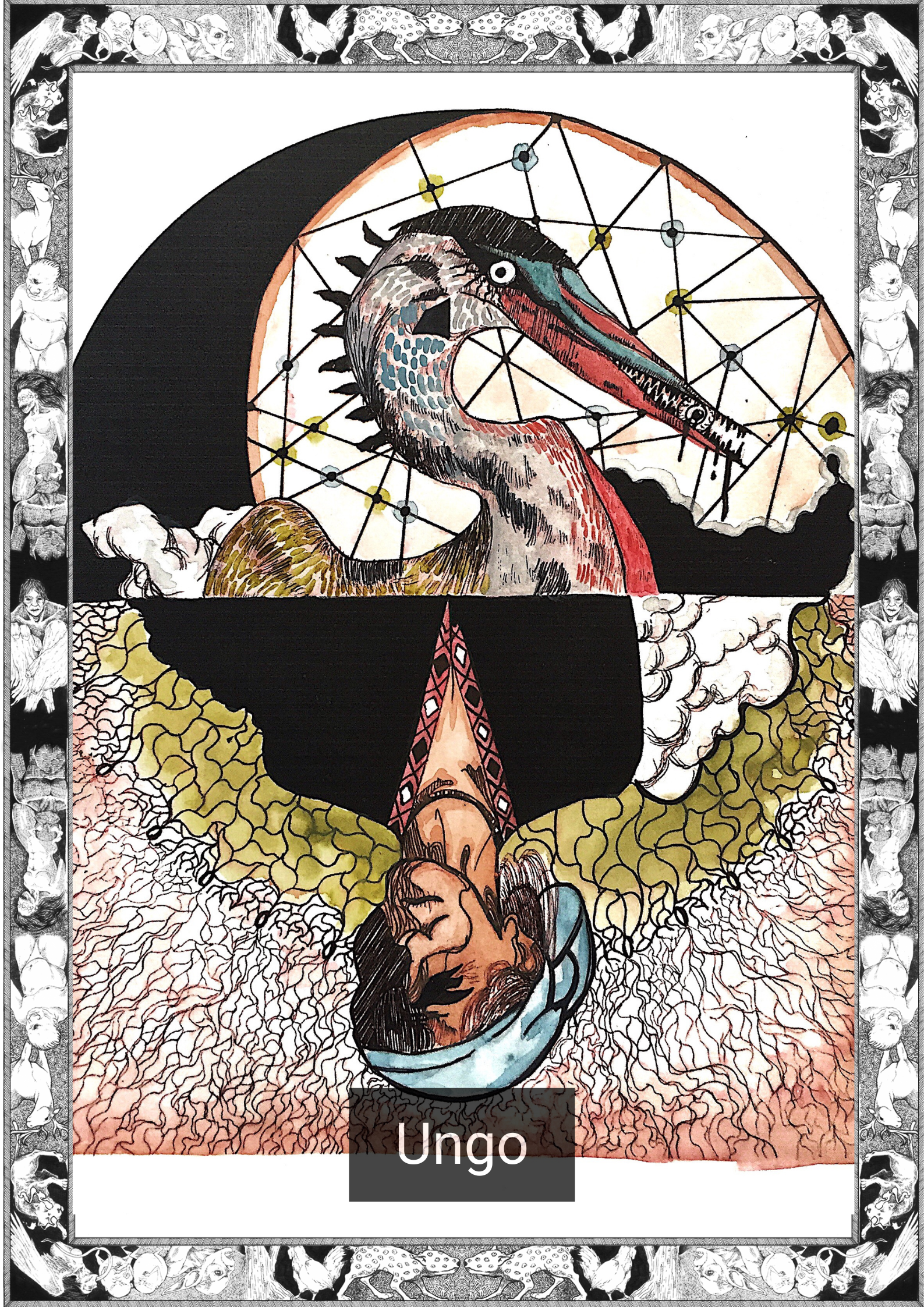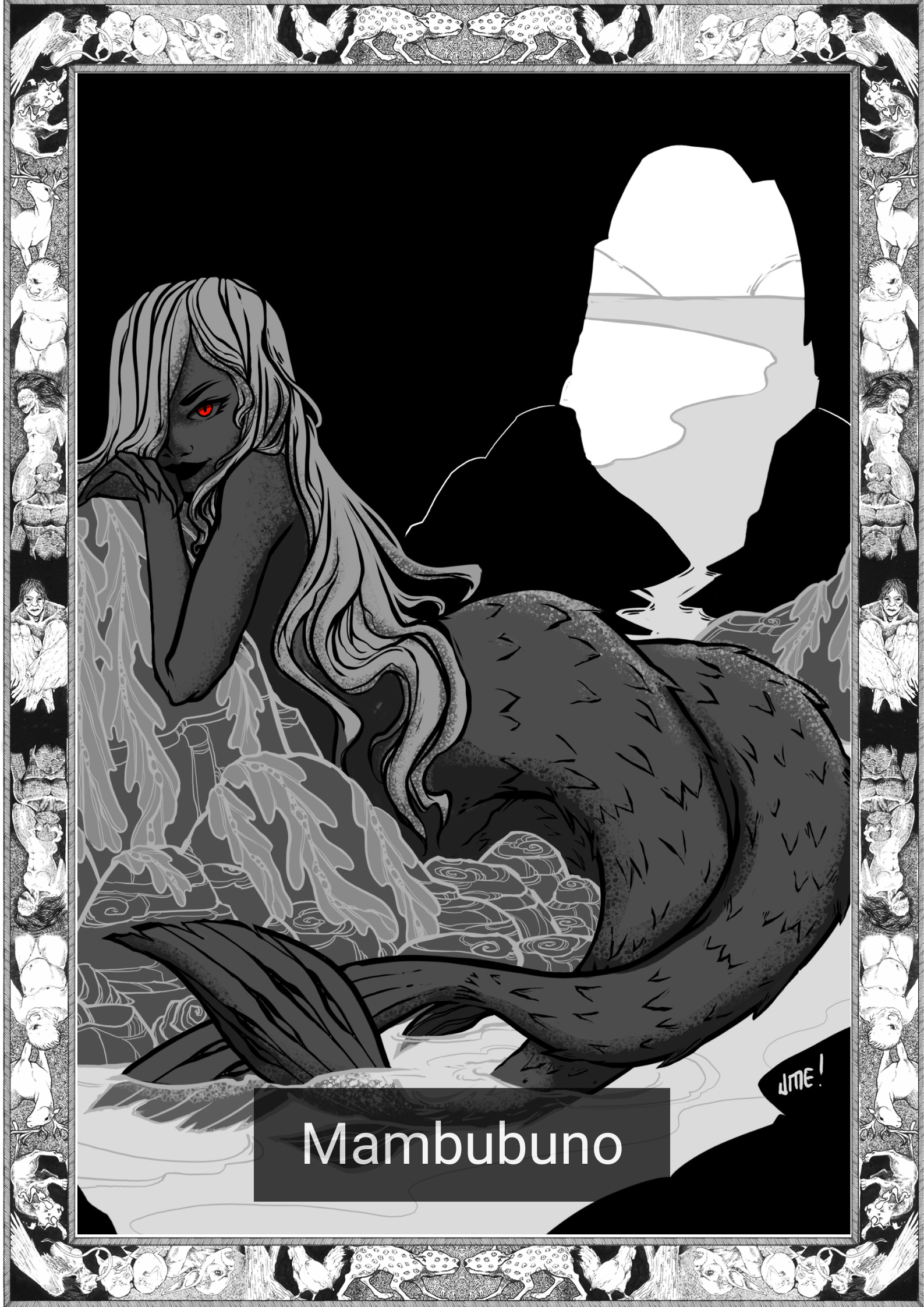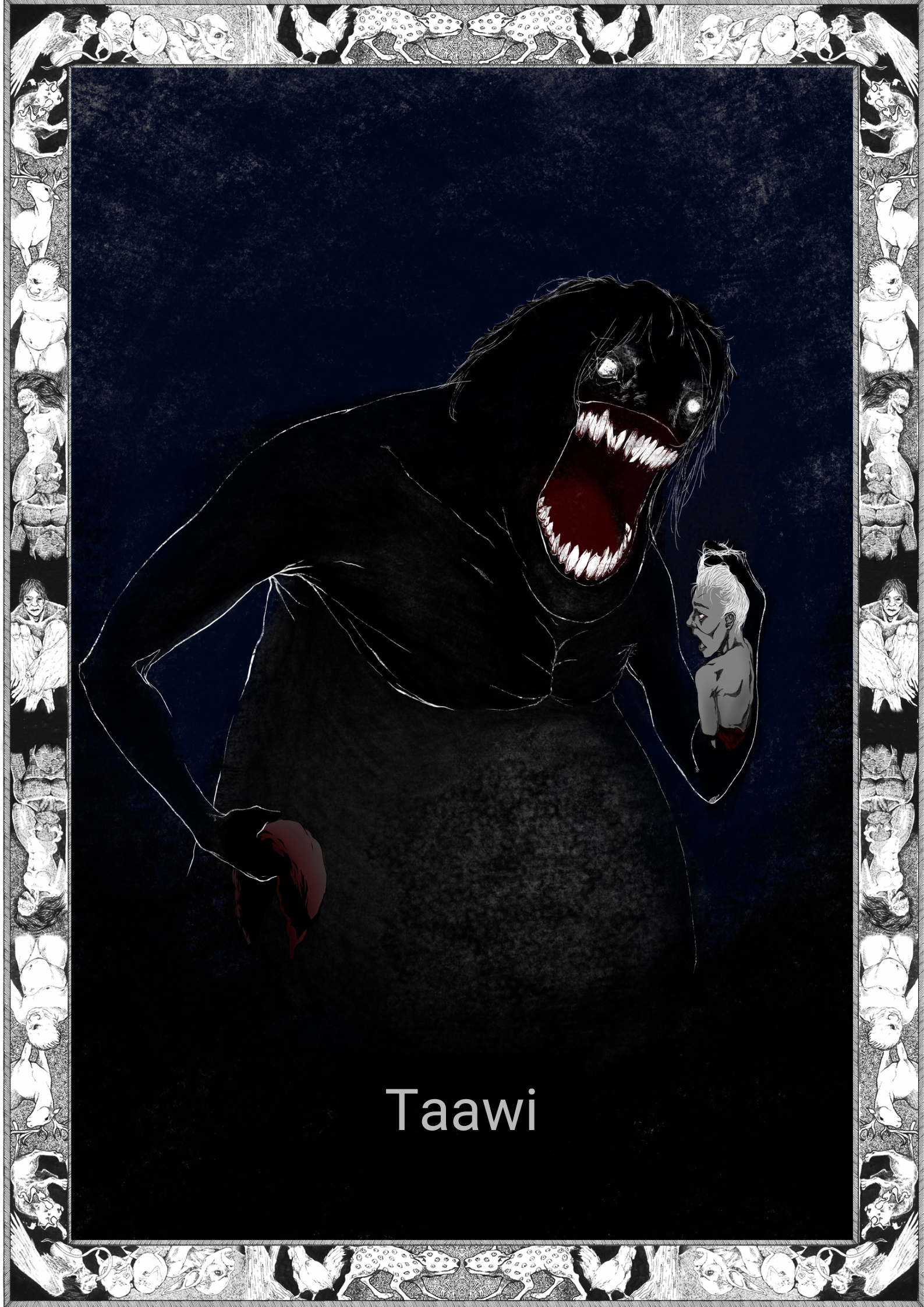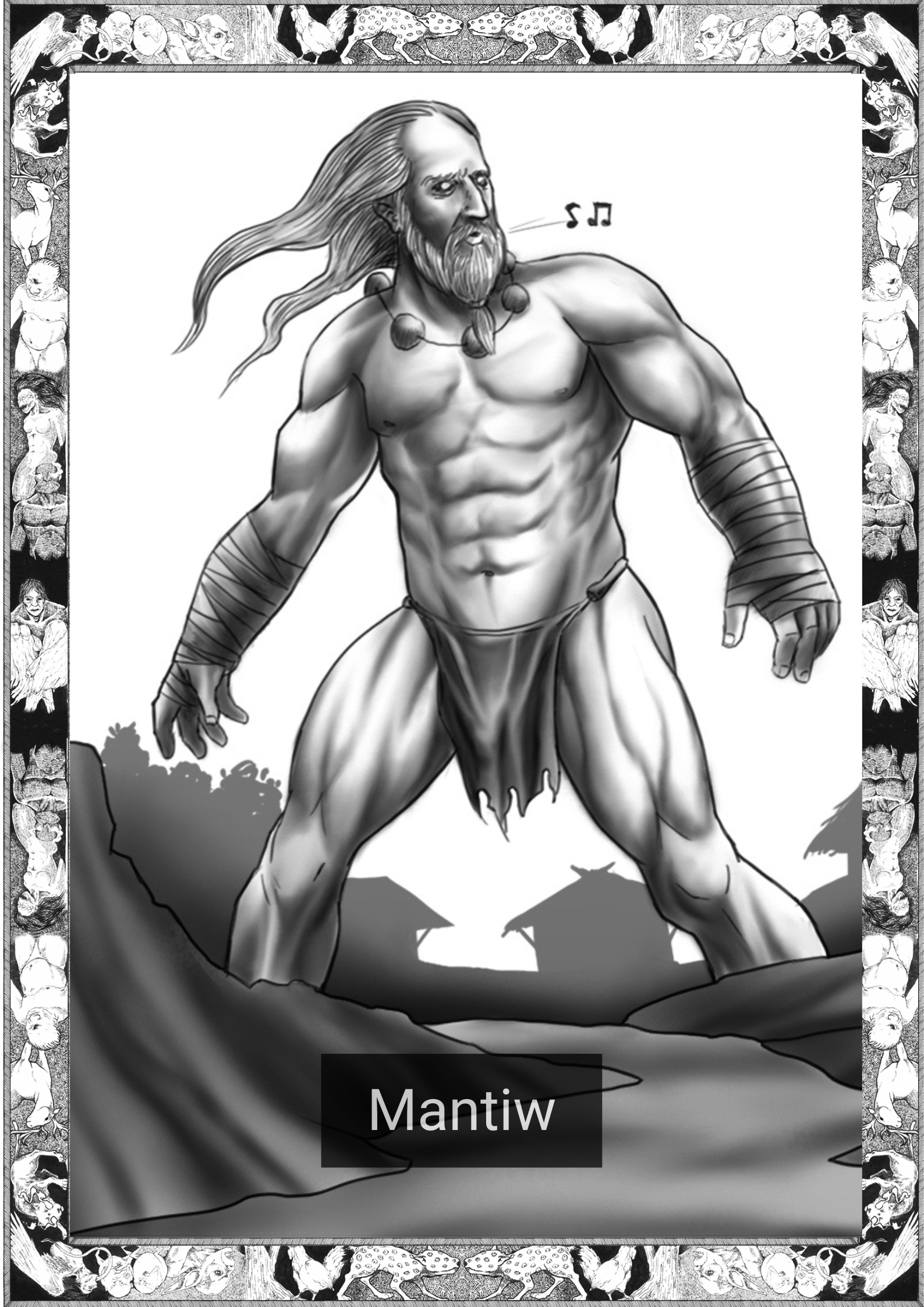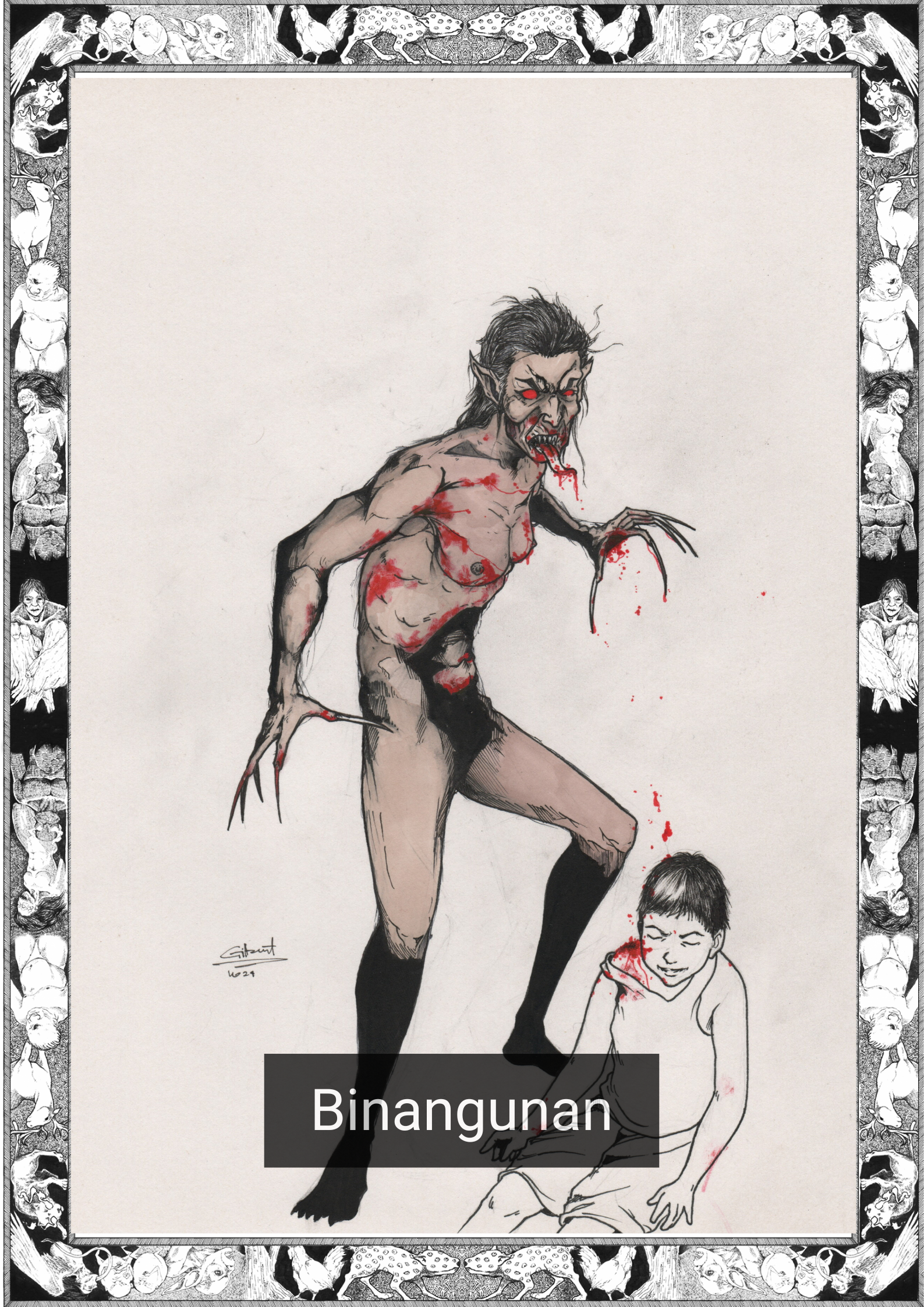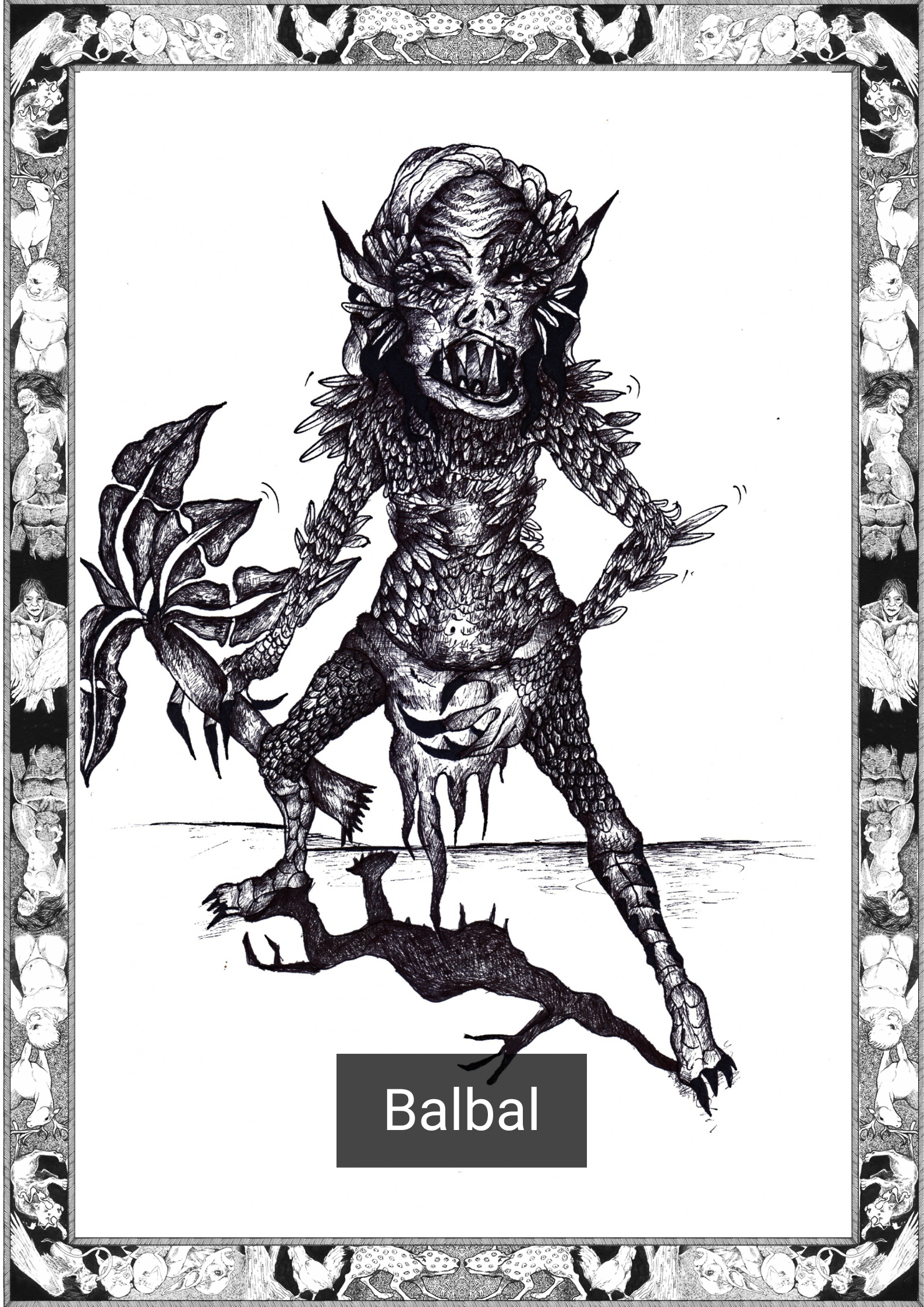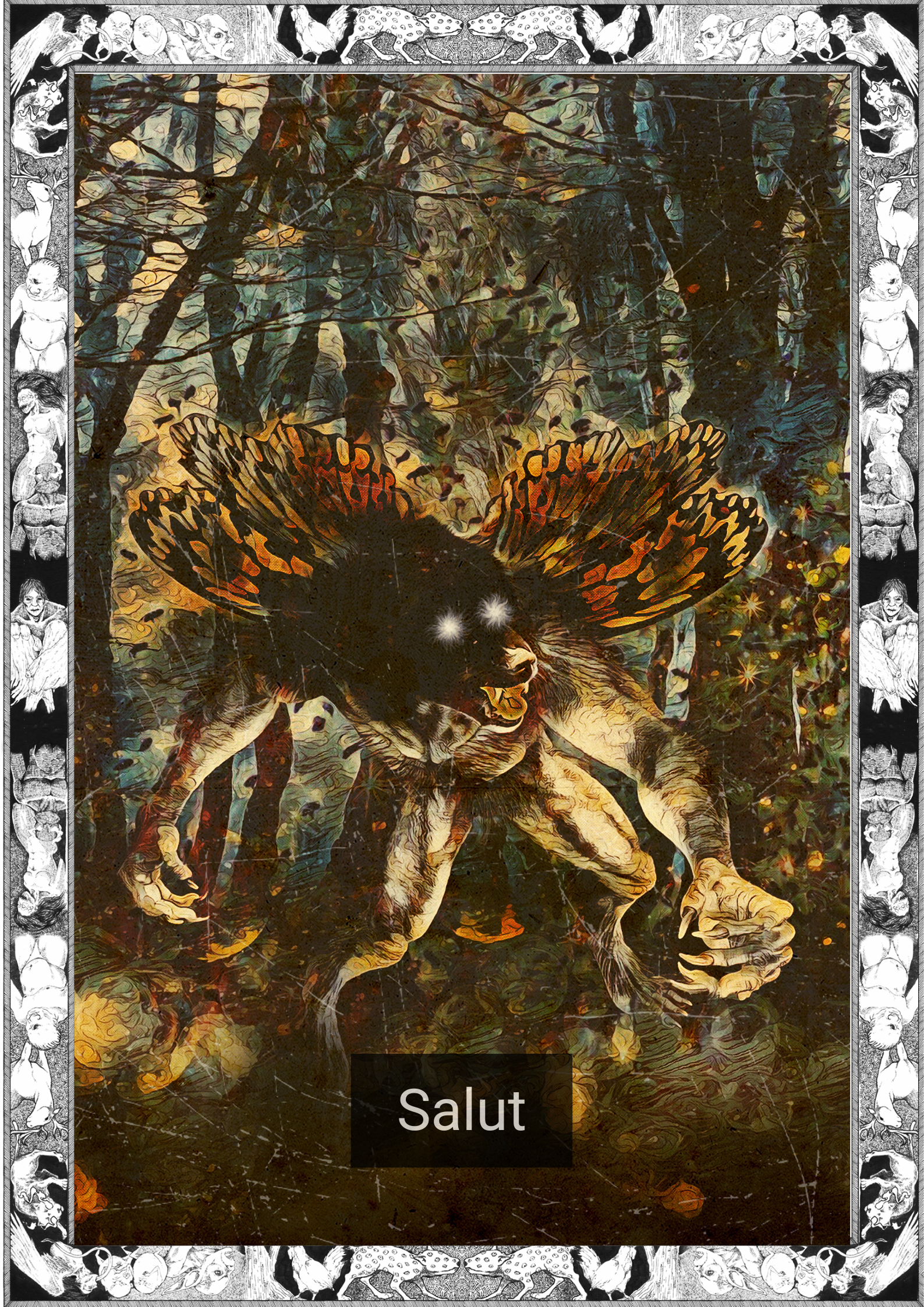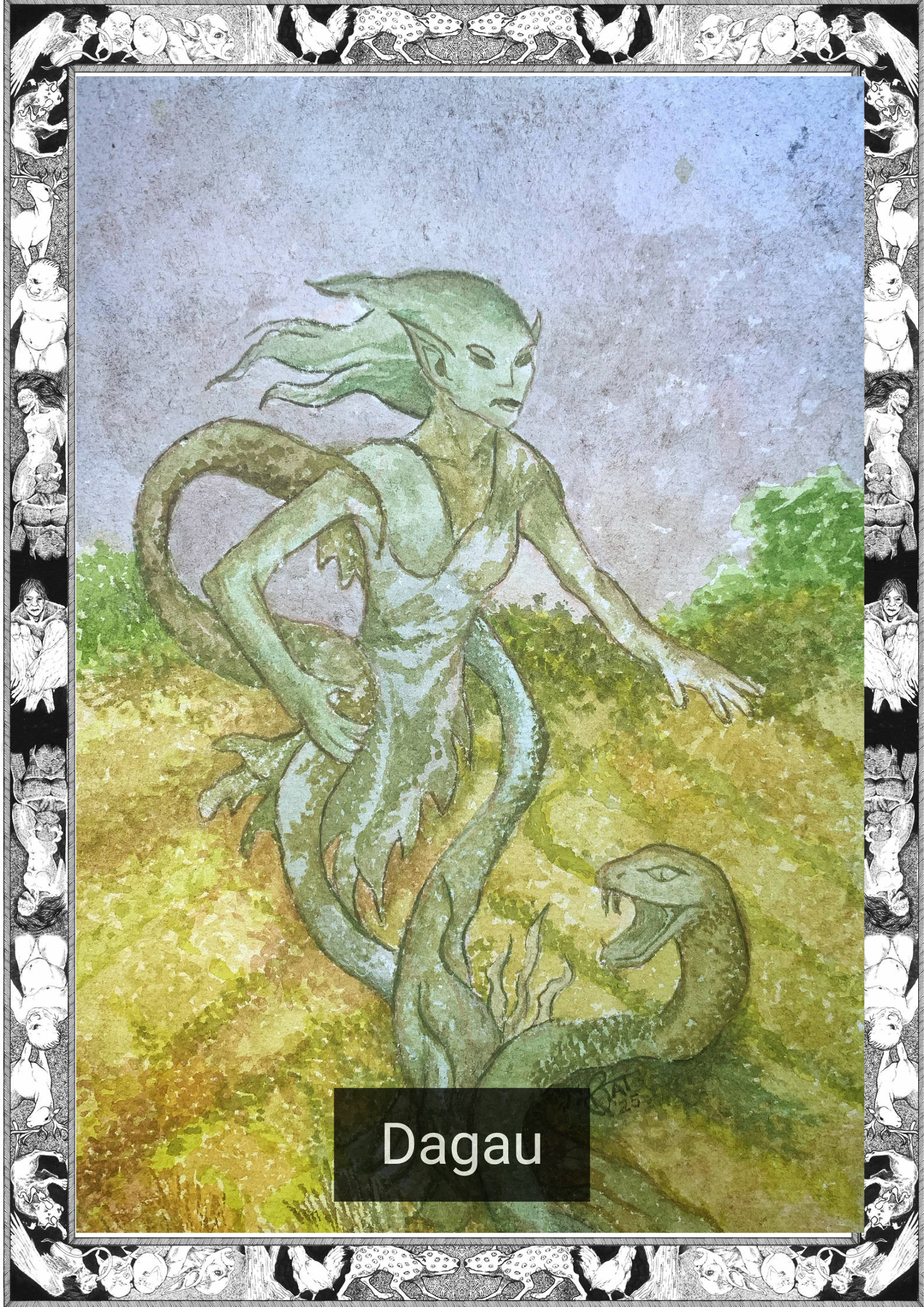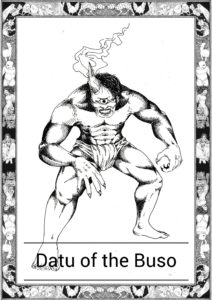
*Note this story is in Pangasinan
Ambelat so pakalikas to may golungolung ed saray taklay to may priso. Sikatoy inawit da ed basil na kuarto. Nen timmuntong may priso ed palasyo, anta to la a sikatoy pateyen da. Kaambagelan ingen ya ninonot to ni a onla ed syudad na Buso, balet anta to a gloria so akasalalay dia. No atakew to labat kumon iman.
Mamarlang so silew da iramay sulo dimad kuarto, balet anggapoy laban da ed samay apoy a manlalapo diman ed trono. Puro istorya labat so nadngel to may priso nipaakar ed sayan pinalsa, balet iraman a salita et ag makapangiter na hustisya ed sayan makapataktakot ya akayurong ed arapan to.
Manterter so dala ed sangi to may Datu. Akarengel may priso a makapataktakot na tanol – singa pukel a tetemeken. Nimmengneng ed sikato may Datu gamit imay saksakey ton mata a kolor ambalanga. Walay inyesaes to ed lenguahe to, tan abulos may priso ed samay golungolung to. Agto sigurado no antoy nagagawa, balet, no ibase diyad batik na kapalaran ed pinambilay to, aliwan maabig iman.
Naniter ya dalan iramay guardia a Buso tan da pinaulyanan a lukas so puerta. Bimmatik may priso. Agto paulyanan a nabulos iyan pankanawnawa. No sikato et ipapaekal da la, aya so labay da. Balet no aya et sananey, anggano panon et walay tsansa to.
Ngalngali to la nasabi imay sular balet sikatoy naunaan a baleg a apoy.
Say saklor na Datu ya singa garing et mankirlap ed apoy. Inegnaan toy ulo na priso tan ginmapon angan. Mankelaw iray guardia no akin et lanang a pangagalawan to may Datu iray kakanen to, balet ag lara inmesel. Gagawaen na ari so labay to.
————————————–=
English Version
The chains felt heavy on the prisoner’s wrists. He was led into a new room. The prisoner knew that he was already dead the moment he stepped in the palace. It was foolish of him to even consider going to the city of the Buso, but he knew glory was on the line. If only he had managed to steal it.
The torches in the room were burning brightly, but they were dwarfed by the blaze radiating from the throne. The prisoner had only heard stories about this creature, but those words could not do justice to the horror that sat before him.
Blood dripped from the Datu’s mouth. The prisoner heard a sickening crunch and the Datu stared at him with its one red eye. It mumbled something in its language and the prisoner’s chains were set loose. He wasn’t sure what was happening, but, with his luck, it wasn’t something good.
The buso guards gave way and left the doorway open. The prisoner ran. He wasn’t going to let his chance go to waste. If they were letting him go then this was what they wanted, if this was something else then he would at least have a chance.
He almost got to the courtyard before a large flame overtook him.
The Datu’s ivory horn pulsed with flame. It grabbed the prisoner’s head and started eating. The guards wondered why the Datu always played with his food, but they kept silent. Royalty does what it will.
=—————————————=
*Pangasinan (Salitan Pangasinan) – sometimes called Pangasinense is one of the major languages of the Philippines. It is the language spoken in the province of Pangasinan, on the west-central seaboard of the island of Luzon along the Lingayen Gulf, the northern portion of Tarlac and southwestern La Union, most of whom belong to the Pangasinan ethnic group. Pangasinan is also understood in some municipalities in Benguet, Nueva Ecija, Nueva Vizcaya, and by the Aeta or Aeta of Zambales.
Written by Karl Gaverza
Translation by Rengel Arconado
Copyright © Karl Gaverza
Translation Copyright © Rengel Arconado
Inspired by the Datu of the Buso in ‘Adventures of Tuglay’ reprinted in Philippine Folk Literature: The Legends. Eugenio. 2002.
Datu of the Buso Illustration by Leandro Geniston from Aklat ng mga Anito
FB: That Guy With A Pen
